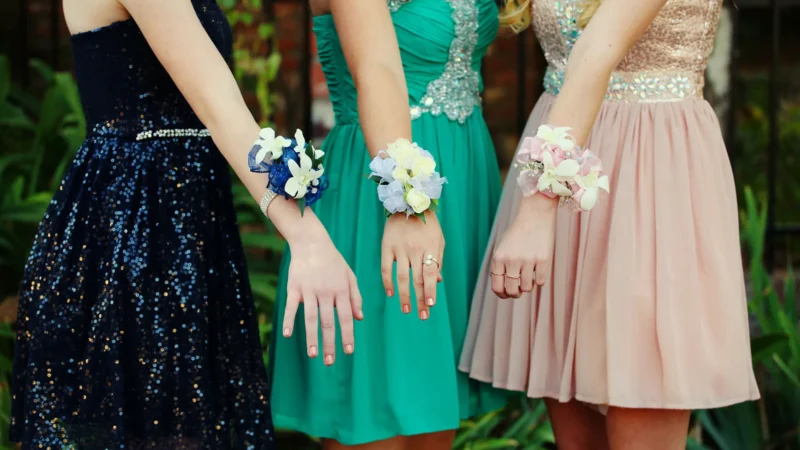The Fabric Chronicles of Boys’ Shalwar Kameez: Crafting Comfort and Elegance

Introduction
Diving into the world of Boys’ Shalwar Kameez unveils a fascinating narrative, where the fabric choices contribute significantly to the comfort, style, and cultural relevance of this timeless ensemble. In this exploration, we embark on a journey through the fabric chronicles of Boys’ Shalwar Kameez, dissecting the significance of fabric selection, how it influences both aesthetics and comfort, and delving into the art of crafting this attire with elegance and functionality in mind.
Fabric Choices: A Stylish Odyssey:
The selection of fabric for Boys Shalwar Kameez is akin to choosing the very essence of the outfit. Different fabrics tell diverse tales:
- Cotton Comfort: Cotton, celebrated for its breathability and softness, is the go-to choice for scorching summer days. It keeps boys cool, wicks away moisture, and offers all-day comfort.
- Silk’s Grace: When it’s time for grand celebrations and special occasions, silk takes center stage. Its lustrous sheen and supple drape add an element of sophistication, ensuring boys stand out in the crowd.
- The Blend: Cotton-Polyester Harmony: For the best of both worlds, cotton-polyester blends are a revelation. They bring together the natural comfort of cotton with the resilience, wrinkle-resistance, and color retention of polyester.
- Linen’s Breeze: Lightweight linen fabric is perfect for tropical climes. It’s breathable, making it ideal for hot and humid weather, allowing boys to stay cool and stylish.
- Woolly Warmth: In colder climates, woolen Shalwar Kameez wraps boys in warmth, making it a cozy choice for the winter season.
The Influence of Climate:
Local climate and weather patterns are pivotal in determining the fabric choice for Boys’ Shalwar Kameez:
- Tropical Escapades: In regions with intense heat, lightweight and breathable fabrics like cotton and linen reign supreme, offering respite from the relentless sun.
- Humidity’s Companion: Humid conditions can make clothing cling uncomfortably. Fabrics with moisture-wicking properties, such as cotton, come to the rescue, absorbing perspiration and keeping boys feeling fresh.
-
The Influence of Climate:
The Influence of Climate:
: When the mercury drops, woolen Shalwar Kameez provides insulation and ensures that boys remain snug and toasty.
- Mild Transitions: During transitional seasons, versatile fabrics like silk blends prove their mettle, adapting effortlessly to the fluctuating temperatures, maintaining both comfort and style.
Beyond Comfort: Factors to Contemplate:
While comfort is paramount, several other factors influence fabric decisions for Boys’ Shalwar Kameez:
- Occasion Matters: The occasion calls for specific fabrics. Silk or silk blends add a touch of grandeur to formal events, while cotton or linen may be more suitable for casual affairs.
- Durability Counts: The longevity of the outfit is a consideration. Fabrics like cotton-polyester blends are known for their durability, withstanding everyday wear and tear.
- Color Preservation: Certain fabrics retain their colors better over time, ensuring that the outfit maintains its vibrancy even after numerous washes and wears.
- Care and Maintenance: Different fabrics demand distinct care instructions. Some are machine-washable and low-maintenance, while others require more delicate handling. The chosen fabric should align with practicality and convenience.
Filli presents boys shalwar kameez in customized sizes!
In Conclusion
Boys’ Shalwar Kameez is a harmonious marriage of comfort and aesthetics, with fabric selection as the linchpin. The diverse fabric choices cater to various climates, occasions, and personal preferences. Whether it’s the breathability of cotton during scorching summers, the elegance of silk for special events, or the cozy embrace of wool in winter, each fabric tells a unique story. Making an informed fabric decision ensures that boys not only look their best but also feel at ease, reveling in the timeless charm of this culturally significant attire.





